Home>diy>Building & Construction>What Is Wood Frame Construction
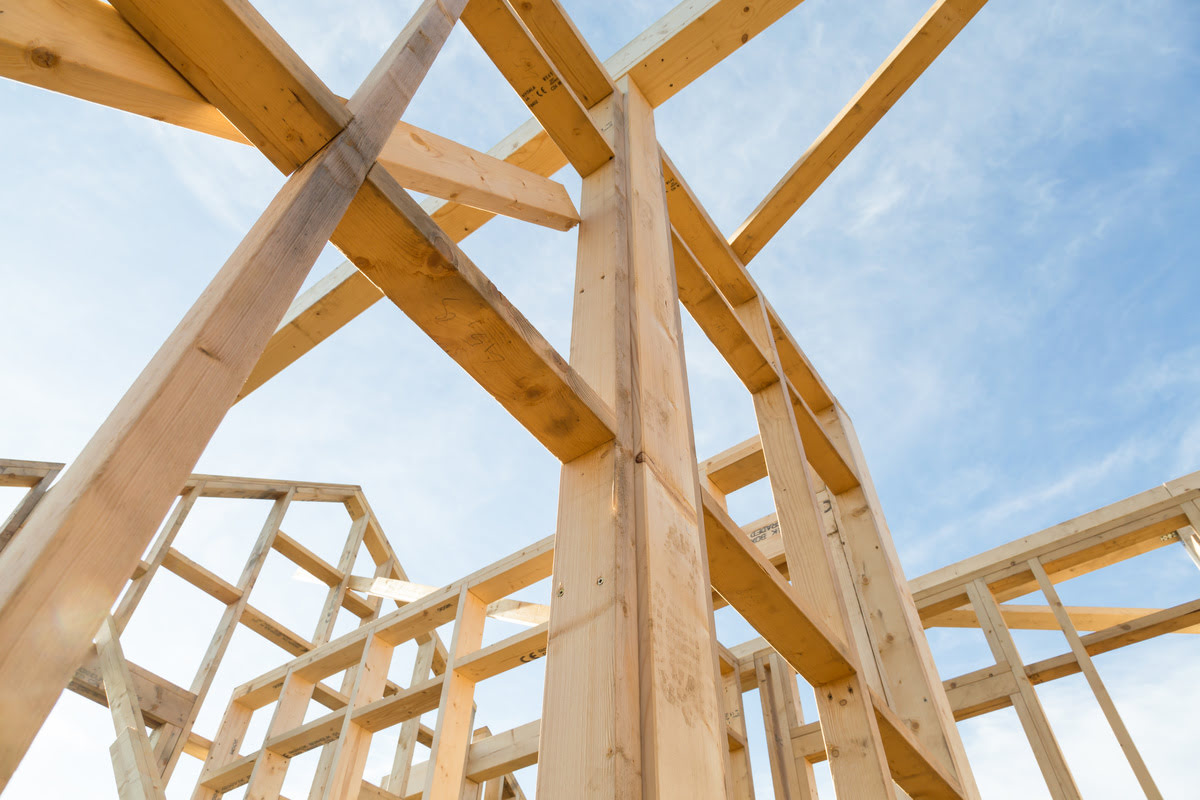

Building & Construction
What Is Wood Frame Construction
Modified: December 7, 2023
Learn about wood frame construction methods and techniques in building construction. Gain insights into benefits, durability, and sustainability of this popular construction method.
(Many of the links in this article redirect to a specific reviewed product. Your purchase of these products through affiliate links helps to generate commission for Storables.com, at no extra cost. Learn more)
Introduction
Welcome to the world of wood frame construction! This method of building has been used for centuries and continues to be one of the most popular choices in the construction industry today. Wood frame construction involves the use of wood as the primary material for the structural elements of a building, including walls, floors, and roofs.
Wood frame construction is known for its affordability, versatility, and sustainability. It has been widely adopted in residential, commercial, and industrial projects around the world. In this article, we will explore the definition, components, benefits, challenges, sustainability, and examples of wood frame construction.
So, let’s dive in and discover what makes wood frame construction a dynamic and enduring building method!
Key Takeaways:
- Wood frame construction is a versatile, affordable, and sustainable building method using wood as the primary material. It offers energy efficiency, structural integrity, and aesthetic appeal, making it a popular choice for various building projects.
- While wood frame construction presents challenges such as fire resistance and moisture management, its sustainability, recyclability, and renewable nature make it an environmentally friendly choice. From residential homes to green buildings, wood frame construction offers enduring appeal and adaptability.
Read more: What Is Framing Construction
Definition of Wood Frame Construction
Wood frame construction, also known as timber frame construction, is a building technique that utilizes wood as the primary material for constructing the structural elements of a building. It involves the assembly of a frame made of wooden members, typically known as studs, posts, beams, and joists.
The basic concept of wood frame construction is to create a load-bearing skeleton frame using wooden members and fill in the gaps between them with other building materials such as sheathing, insulation, and finishing materials. This framework provides the necessary strength, stability, and support for the entire structure.
Wood frame construction is highly versatile and can accommodate various architectural designs and building types. It is commonly used in the construction of single-family homes, townhouses, apartment buildings, schools, offices, and retail spaces. The technique is also utilized in the construction of low-rise buildings, usually up to six stories in height.
It’s important to note that wood frame construction differs from other construction methods, such as concrete or steel frame construction, in terms of the primary material used for the structural elements. While concrete and steel offer their own advantages, wood frame construction offers unique benefits that make it a popular choice in many building projects.
Components of Wood Frame Construction
Wood frame construction consists of several key components that work together to form a strong and durable structure. Let’s take a look at the main components:
- Studs: Studs are vertical wooden members that form the framework for walls. They provide structural support and serve as attachment points for other building elements.
- Plate: A plate is a horizontal wooden member that runs along the top and bottom of a wall or a floor. It helps distribute the load evenly and provides a base for attaching other components.
- Beams: Beams are horizontal wooden members that support the weight of the structure and transfer the load to the foundation or other load-bearing elements.
- Joists: Joists are horizontal wooden members that support the flooring system. They span between beams or load-bearing walls and provide a surface for securing the subfloor and finished flooring.
- Roof Trusses: Roof trusses are pre-fabricated wooden frameworks that support the roof structure. They are designed to distribute the weight of the roof evenly and provide stability and strength.
- Sheathing: Sheathing is a layer of material, commonly plywood or oriented strand board (OSB), that is attached to the exterior of the frame. It adds strength, rigidity, and helps protect the building against the elements.
- Insulation: Insulation is placed between the wooden studs and joists to improve the energy efficiency of the building. It helps regulate temperature, reduces energy consumption, and provides sound insulation.
- Finish Materials: Finish materials, such as drywall, siding, flooring, and roofing materials, are applied to the exterior and interior of the wood frame structure. These materials provide aesthetic appeal, protection, and functionality.
These components work together harmoniously to create a sturdy and well-built structure. The selection and quality of these components play a crucial role in the overall durability and performance of the wood frame construction.
Benefits of Wood Frame Construction
Wood frame construction offers a wide range of benefits that contribute to its popularity and widespread use in the construction industry. Let’s explore some of the key advantages:
- Affordability: Wood is a cost-effective building material, making wood frame construction more affordable compared to other construction methods. The availability and versatility of wood contribute to lower construction costs, making it an attractive option for budget-conscious projects.
- Flexibility and Versatility: Wood frame construction allows for great design flexibility and versatility. It can easily accommodate various architectural styles and can be customized to meet specific project requirements. Wood frames can be easily modified, extended, or renovated, offering adaptability to changing needs over time.
- Energy Efficiency: Wood is a natural insulator, providing excellent thermal performance. This helps reduce energy consumption for heating and cooling, resulting in lower utility costs. Additionally, the use of sustainable insulation materials further enhances the energy efficiency of wood frame buildings.
- Quick Construction: Wood frame construction is known for its efficient and speedy construction process. Prefabricated wood components can be manufactured off-site and easily assembled on-site, reducing construction time. This translates into shorter project timelines, allowing for faster occupancy and return on investment.
- Environmentally Friendly: Wood is a renewable and sustainable resource, making wood frame construction an environmentally friendly choice. Properly managed forests ensure a continuous supply of timber, and the use of wood helps reduce greenhouse gas emissions compared to other high embodied energy building materials.
- Structural Performance: Wood frame structures have high strength-to-weight ratios, providing excellent structural performance. Wood is inherently resilient and can withstand various loads and forces, including wind and seismic forces.
- Aesthetic Appeal: The natural beauty of wood adds a warm and inviting ambiance to any space. The versatility of wood allows for a wide range of finishes and textures, providing endless design possibilities and enhancing the overall aesthetic appeal of wood frame buildings.
These benefits make wood frame construction an attractive option for a wide range of building projects, offering cost savings, sustainability, flexibility, and structural integrity.
When building a wood frame structure, ensure that the lumber is properly treated to resist rot, decay, and insect damage. This will help to prolong the life of the building.
Challenges of Wood Frame Construction
While wood frame construction offers numerous benefits, there are also some challenges that need to be considered. Let’s explore some of the common challenges associated with wood frame construction:
- Fire Resistance: One of the primary concerns with wood frame construction is its susceptibility to fire. Wood is a combustible material, and if not properly protected, it can pose a significant fire risk. Building codes and regulations require the use of fire-resistant materials and fire protection systems to mitigate this risk.
- Moisture and Rot: Wood is vulnerable to moisture damage, especially if not adequately protected. Moisture can lead to rot, decay, and the growth of mold and fungi, compromising the structural integrity of the wood frame. Proper insulation, vapor barriers, and moisture management systems are crucial to mitigate these risks.
- Pest Infestations: Wood is also prone to pest infestations, such as termites and wood-boring insects. These pests can cause extensive damage to the wood structure if not promptly detected and treated. Regular inspections and preventative measures are essential to protect against pest infestations.
- Noise Transmission: Wood frame construction can be susceptible to noise transmission, both within the building and from the exterior. Additional soundproofing measures, such as insulation and acoustic barriers, may be required to minimize noise transfer and ensure a comfortable indoor environment.
- Structural Limitations: While wood is a strong and versatile material, it has certain limitations in terms of span lengths and load-bearing capacity. In large-scale or high-rise construction, other materials, such as concrete or steel, may be more suitable to meet the structural requirements.
- Maintenance Needs: Wood frame construction requires regular maintenance to preserve its longevity and appearance. This includes inspecting for damage, repairing or replacing deteriorated wood, and applying protective coatings to prevent weathering and degradation.
- Perception and Market Factors: In some regions or markets, there may be a perception that wood frame construction is inferior compared to other construction methods. Overcoming this perception may require education and building strong relationships with clients, architects, and contractors.
It’s important to address these challenges through proper design, construction practices, and ongoing maintenance. By doing so, the benefits of wood frame construction can be maximized while mitigating potential risks.
Read more: What Is Framing Construction
Sustainability of Wood Frame Construction
Wood frame construction is widely regarded as a sustainable building method due to the numerous environmental benefits it offers. Let’s explore the sustainability aspects of wood frame construction:
- Renewable Resource: Wood is a renewable resource, meaning it can be replenished through responsible forest management practices. Sustainable forestry ensures a continuous supply of timber, minimizing the impact on forests and supporting the long-term health of ecosystems.
- Carbon Sequestration: Trees naturally absorb carbon dioxide from the atmosphere and store it in their fibers. When wood is used in construction, it continues to store carbon throughout the life of the building, helping to reduce greenhouse gas emissions and combat climate change.
- Low Embodied Energy: Wood requires significantly less energy to produce compared to other building materials, such as concrete or steel. The manufacturing process for wood products consumes less energy and generates fewer greenhouse gas emissions, resulting in a lower carbon footprint.
- Eco-friendly Production: Wood products can be produced with minimal waste and energy consumption. By utilizing advanced milling techniques and sustainable harvesting practices, manufacturers can minimize the impact on the environment during the production of wood building components.
- Energy Efficiency: Wood has excellent insulation properties, contributing to energy-efficient buildings. Wood frame construction allows for effective insulation systems, reducing the energy consumption required for heating and cooling. This leads to lower energy bills and a smaller environmental footprint.
- Recyclability and Biodegradability: Wood is a recyclable material, and at the end of its life, it can be repurposed or recycled into other products. Additionally, wood is biodegradable, meaning it naturally decomposes without releasing harmful substances into the environment.
- Improved Indoor Air Quality: Wood has a natural ability to regulate humidity levels, reducing the risk of mold and microbial growth. This contributes to better indoor air quality, creating a healthier living and working environment for occupants.
By choosing wood frame construction, you are making a sustainable choice that supports the preservation of forests, reduces carbon emissions, and promotes a healthier built environment.
Examples of Wood Frame Construction
Wood frame construction has been utilized in a wide range of building projects around the world. Let’s explore some notable examples:
- Residential Homes: Wood frame construction is a popular choice for residential homes, from single-family houses to multi-unit complexes. It allows for customizable designs, quick construction, and energy-efficient living spaces.
- Commercial Buildings: Many commercial buildings, such as offices, retail spaces, restaurants, and schools, are constructed using wood frame construction. The versatility of wood allows for creative and visually appealing commercial spaces.
- Industrial Structures: Wood frame construction is not limited to small-scale buildings. It has also been used in the construction of larger industrial structures, such as warehouses and manufacturing facilities.
- Institutional Buildings: Schools, community centers, and healthcare facilities have also embraced wood frame construction. The natural and warm aesthetic appeal of wood creates an inviting and calming environment for users.
- Green Buildings: Wood frame construction is often a key component of green building initiatives. The sustainable and energy-efficient characteristics of wood align with the goals of creating eco-friendly, resource-efficient buildings.
- Modular Construction: Wood frame construction is well-suited for off-site construction and modular building projects. The precise manufacturing and quick assembly of wood components make it an ideal choice for efficient and cost-effective modular construction.
- Sustainable Housing: The demand for sustainable and energy-efficient housing has led to the rise of wood frame construction in projects such as passive houses, net-zero homes, and eco-friendly communities.
- Recreational Structures: Wood frame construction is also prevalent in the construction of recreational structures, such as sports facilities, pavilions, and camping cabins. Its natural aesthetic blends harmoniously with outdoor surroundings.
These examples demonstrate the versatility and applicability of wood frame construction across various building types and sectors. The enduring popularity of wood frame construction can be attributed to its affordability, sustainability, and ability to create comfortable and visually appealing spaces.
Conclusion
Wood frame construction has stood the test of time as a reliable and versatile building method. With its affordability, flexibility, and sustainability, it remains a popular choice in the construction industry. The use of wood as the primary material for structural elements offers numerous benefits, including cost savings, energy efficiency, and aesthetic appeal.
Throughout this article, we explored the definition and components of wood frame construction, highlighting how studs, beams, joists, and other elements come together to form a sturdy framework. We also discussed the benefits of wood frame construction, including affordability, versatility, energy efficiency, and its positive impact on the environment.
However, we also acknowledged the challenges associated with wood frame construction, such as fire resistance, moisture management, and pest control. These challenges can be mitigated through proper design, construction practices, and ongoing maintenance.
Furthermore, we emphasized the sustainability of wood frame construction. The renewable nature of wood, its low embodied energy, carbon sequestration capabilities, and recyclability make it a sustainable choice for constructing buildings. By opting for wood frame construction, we contribute to the preservation of forests, reduction of carbon emissions, and the creation of healthier indoor environments.
Lastly, we explored various examples of wood frame construction, spanning from residential homes to commercial buildings, industrial structures, and green building initiatives. These examples demonstrate the widespread application and adaptability of wood frame construction across different sectors.
In conclusion, wood frame construction offers a compelling combination of affordability, sustainability, and aesthetic appeal. By harnessing the natural beauty and strength of wood, we create durable and environmentally friendly structures that stand the test of time.
Frequently Asked Questions about What Is Wood Frame Construction
Was this page helpful?
At Storables.com, we guarantee accurate and reliable information. Our content, validated by Expert Board Contributors, is crafted following stringent Editorial Policies. We're committed to providing you with well-researched, expert-backed insights for all your informational needs.
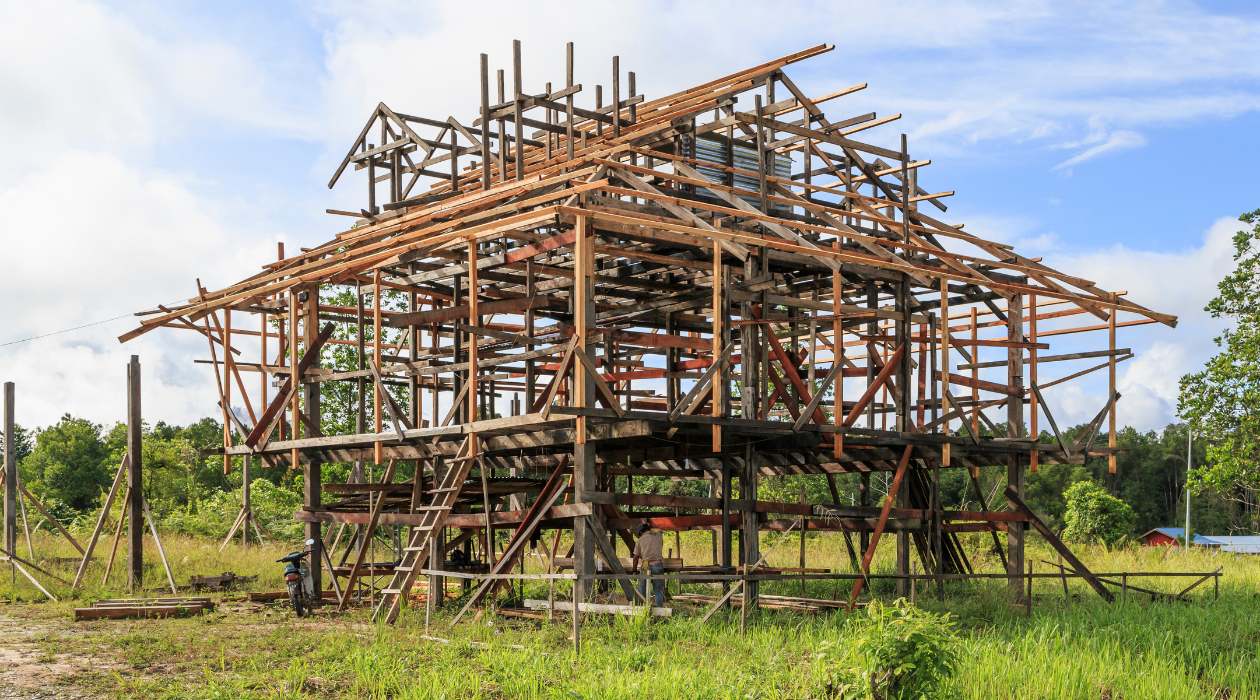
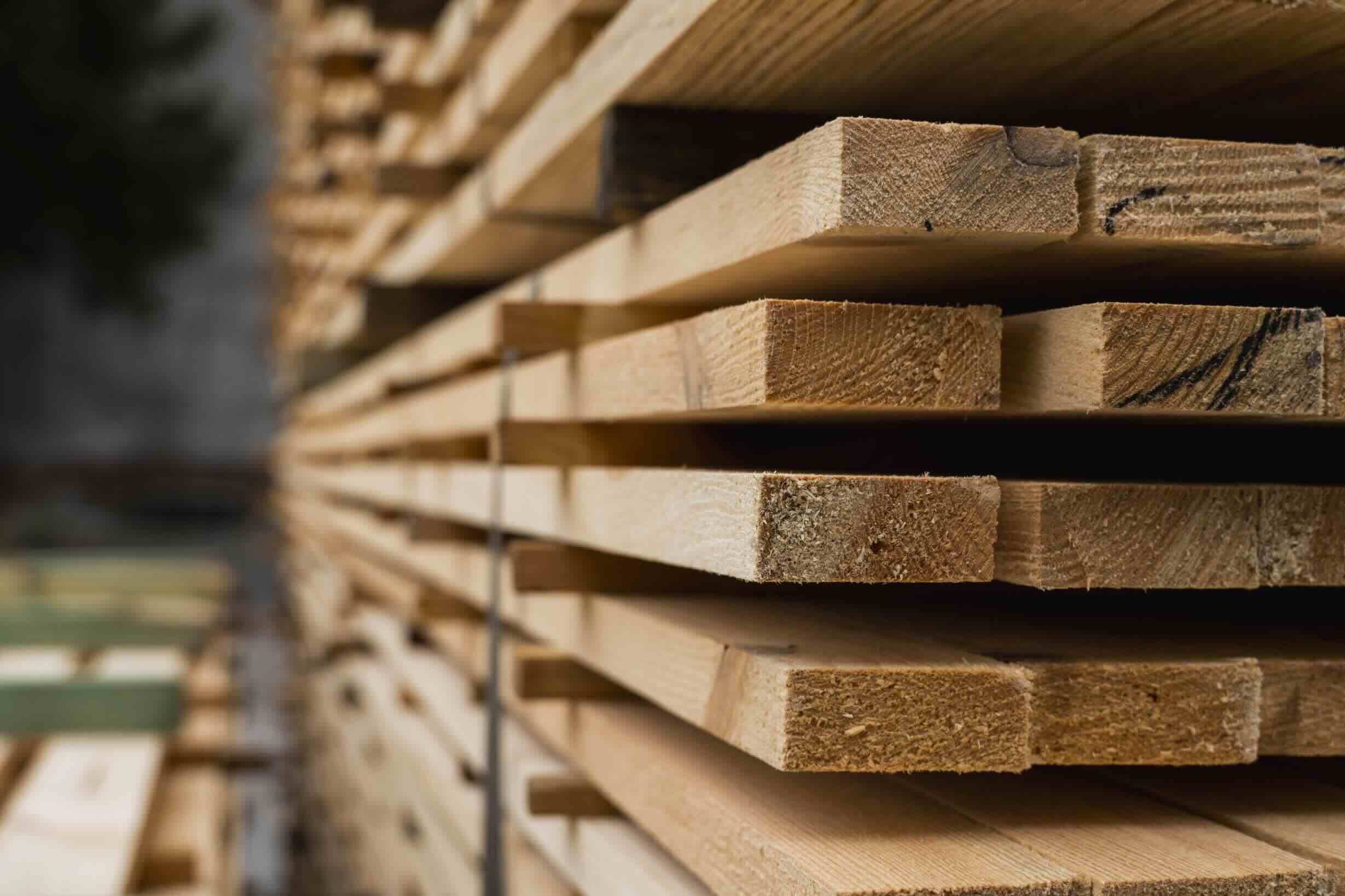
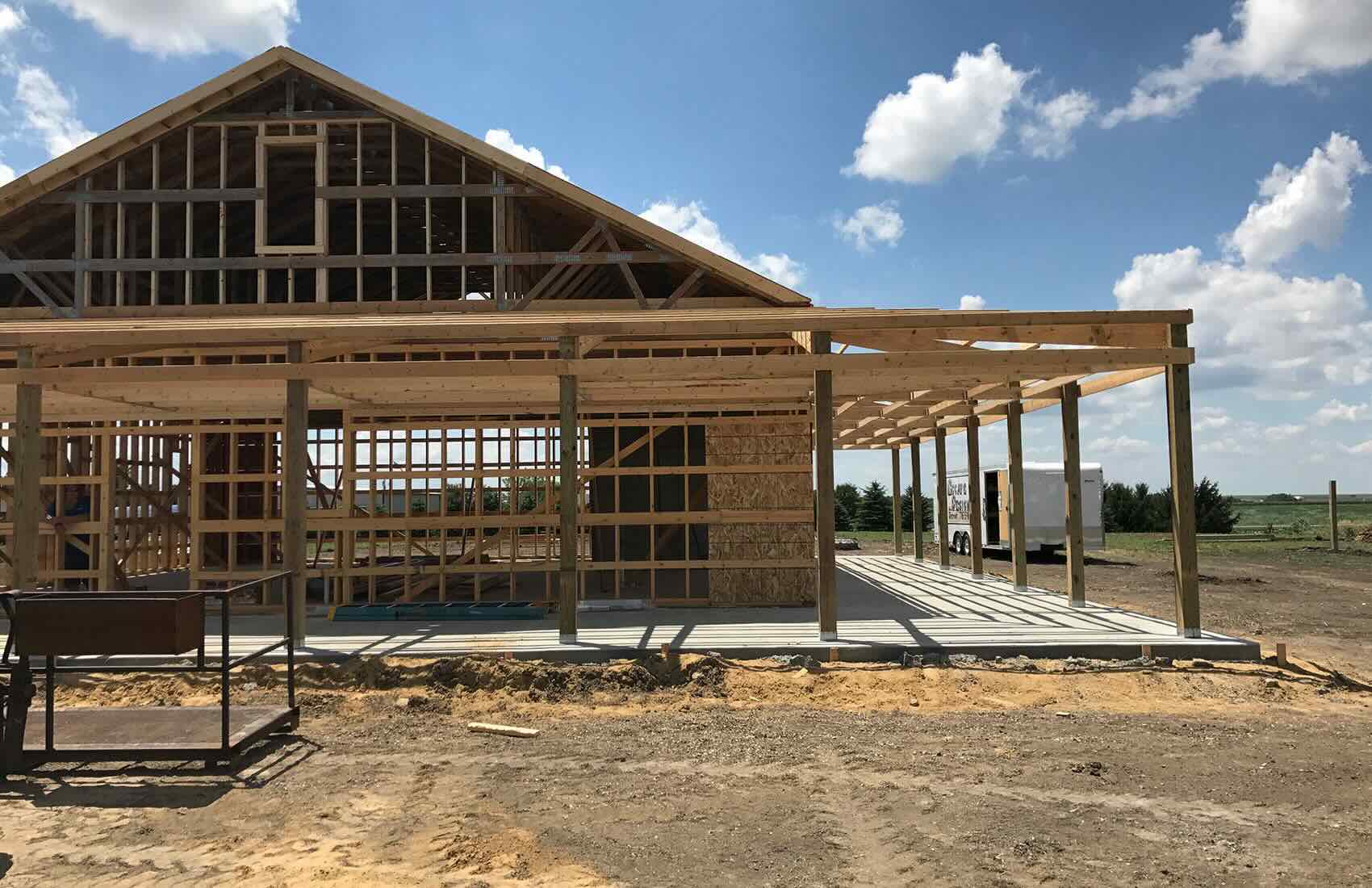
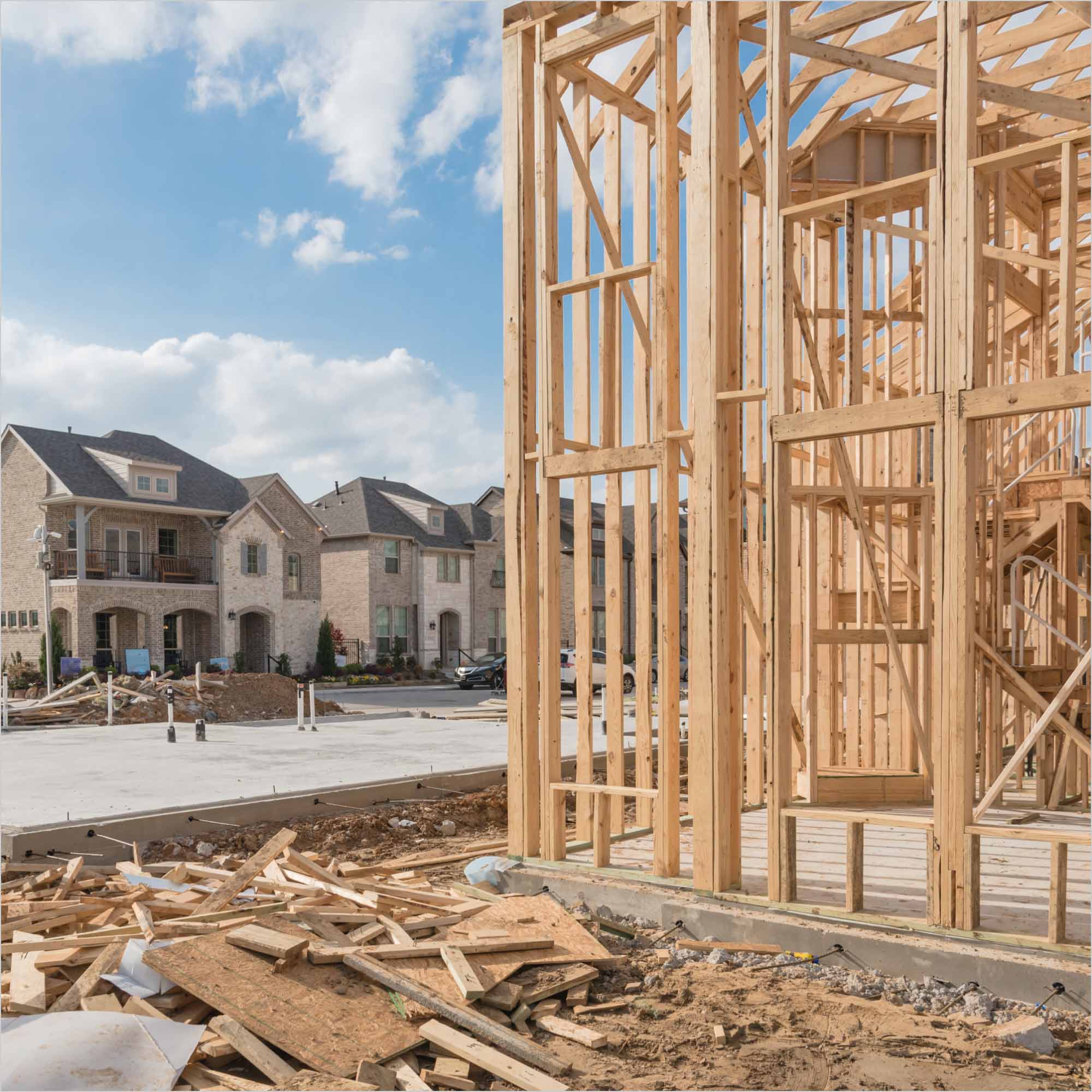
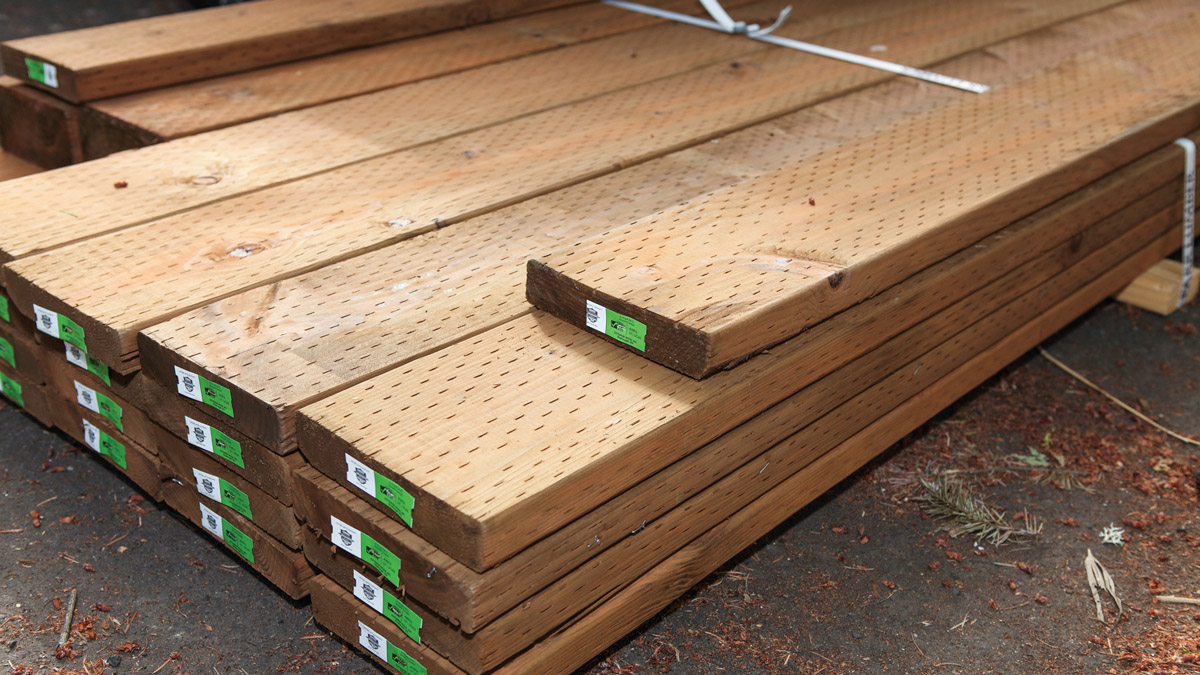
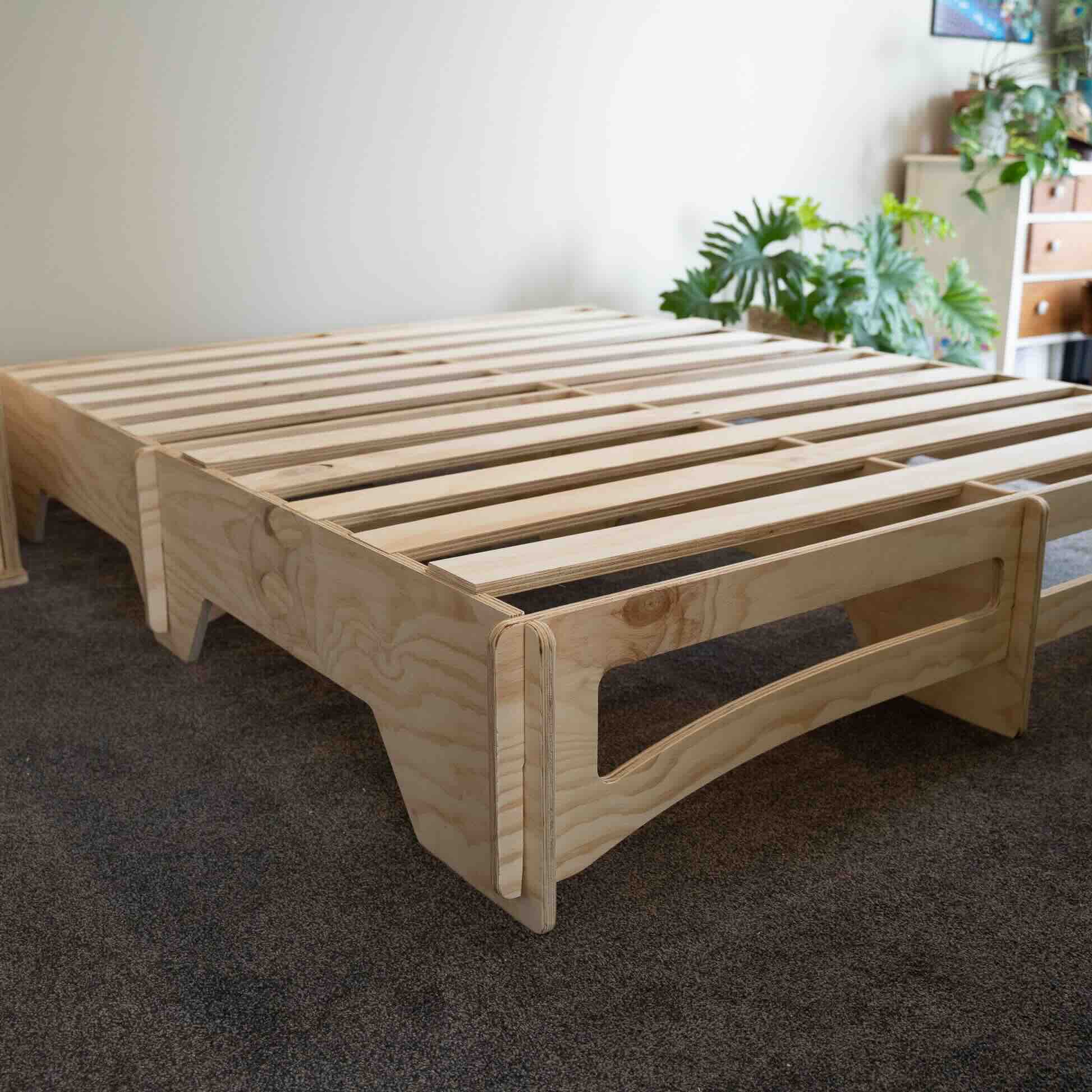
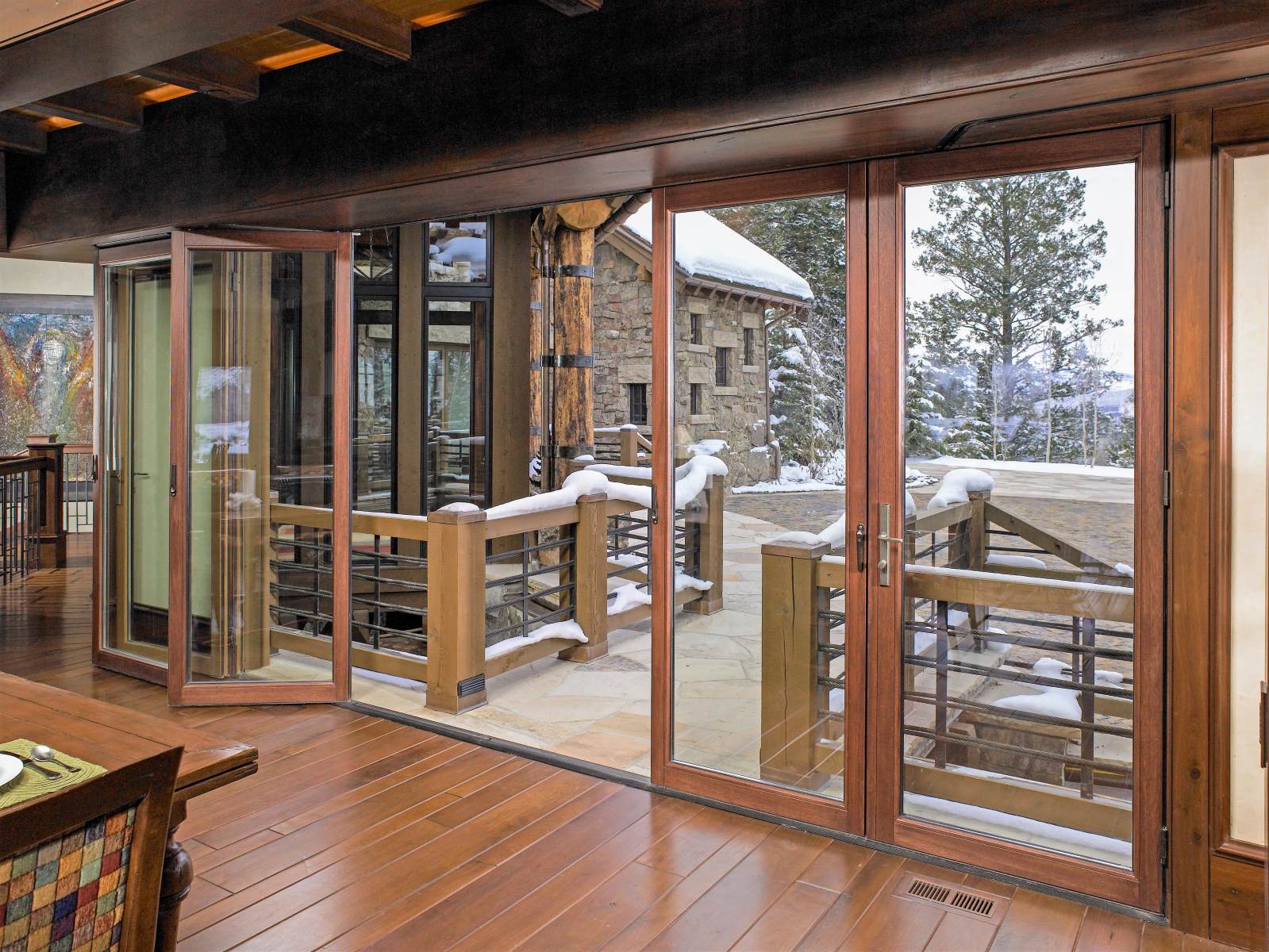
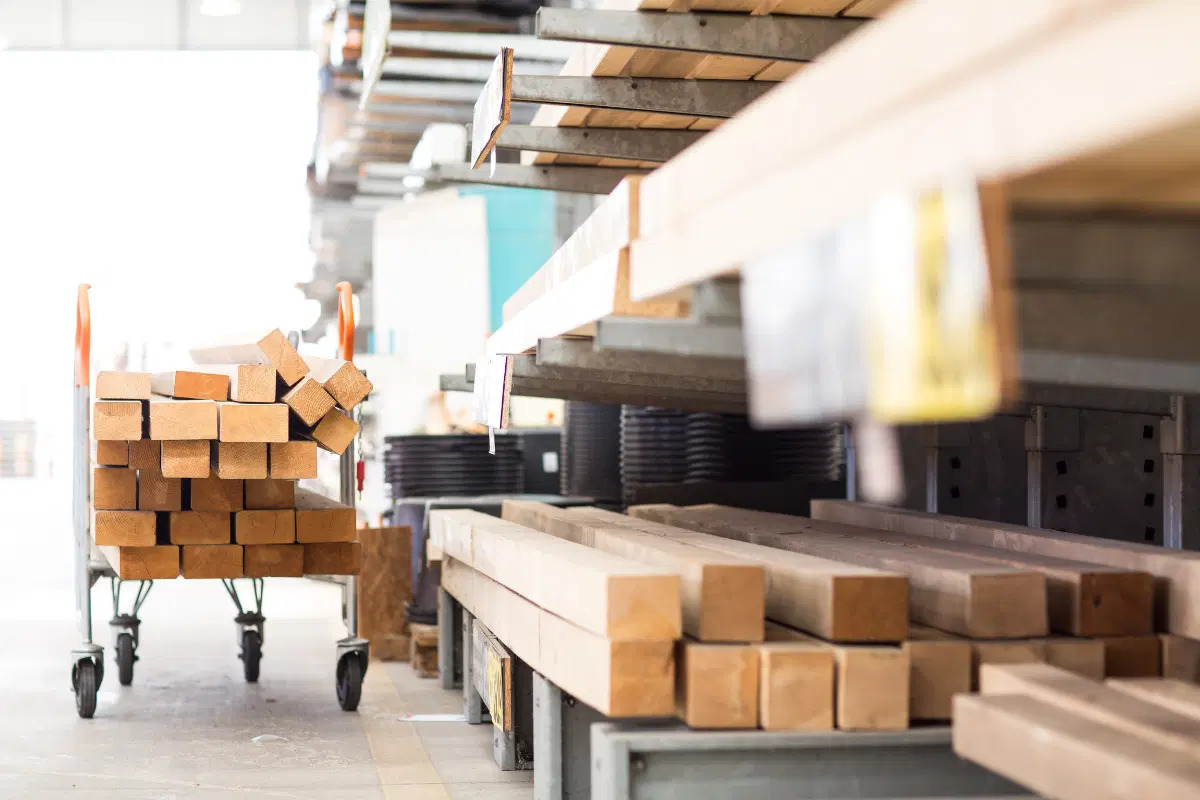
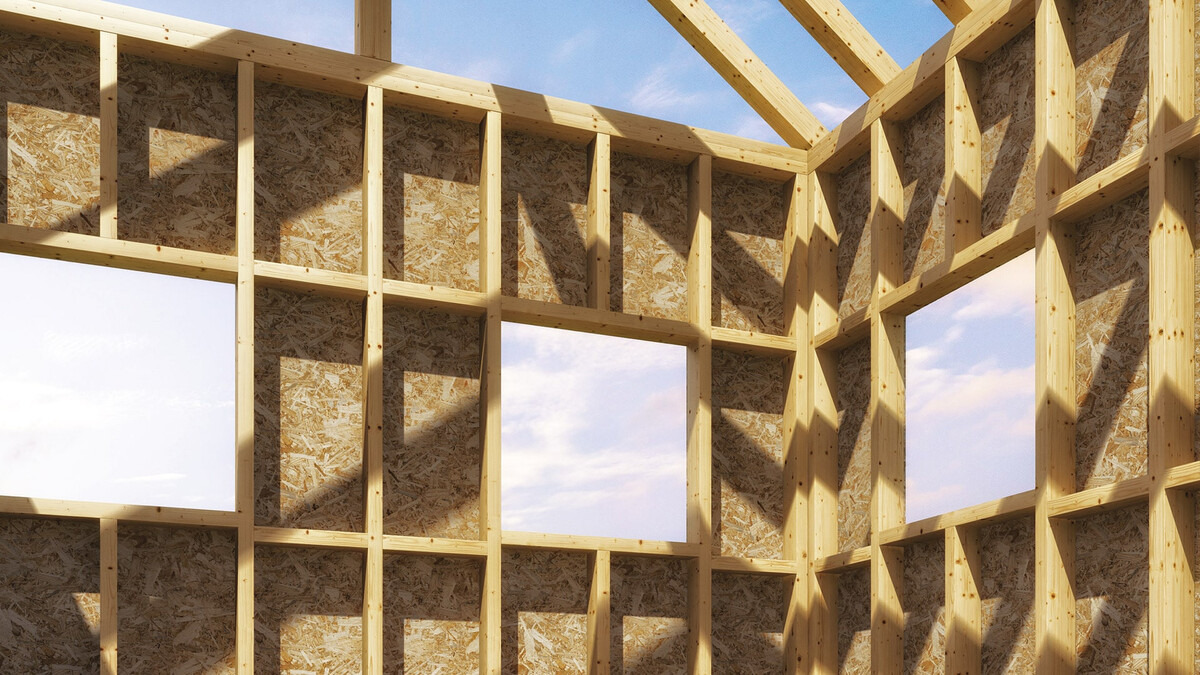
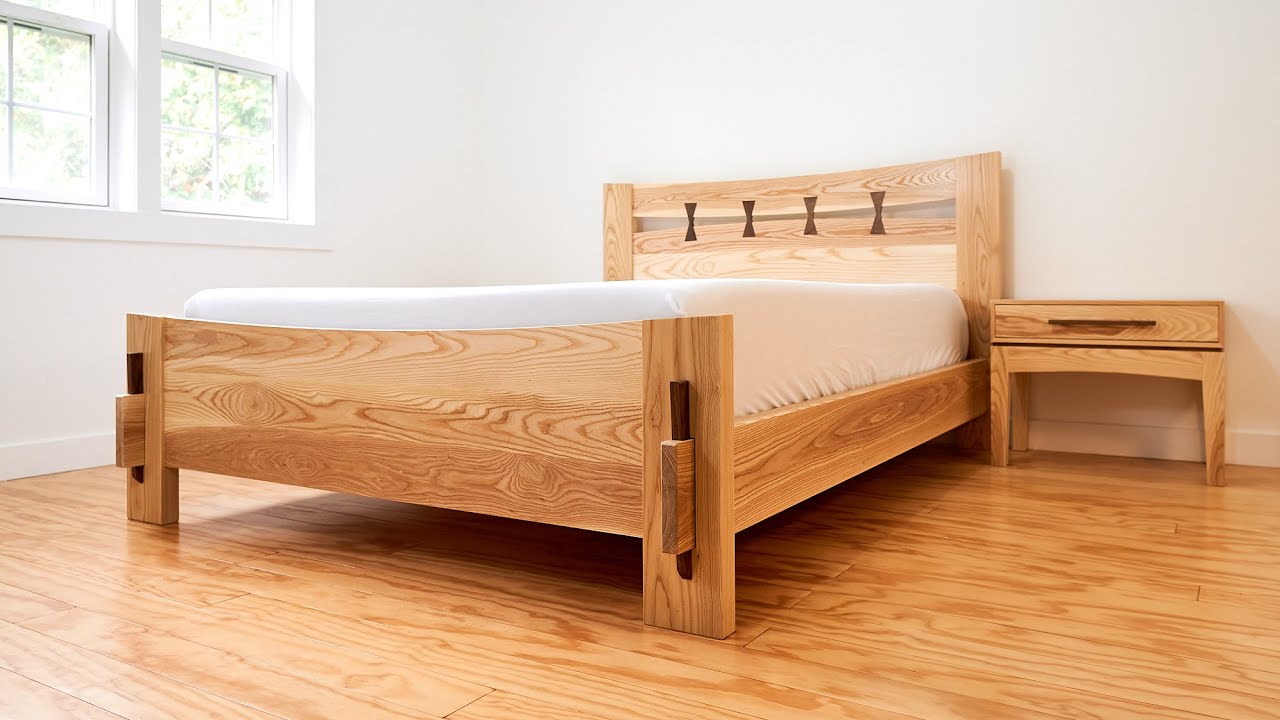

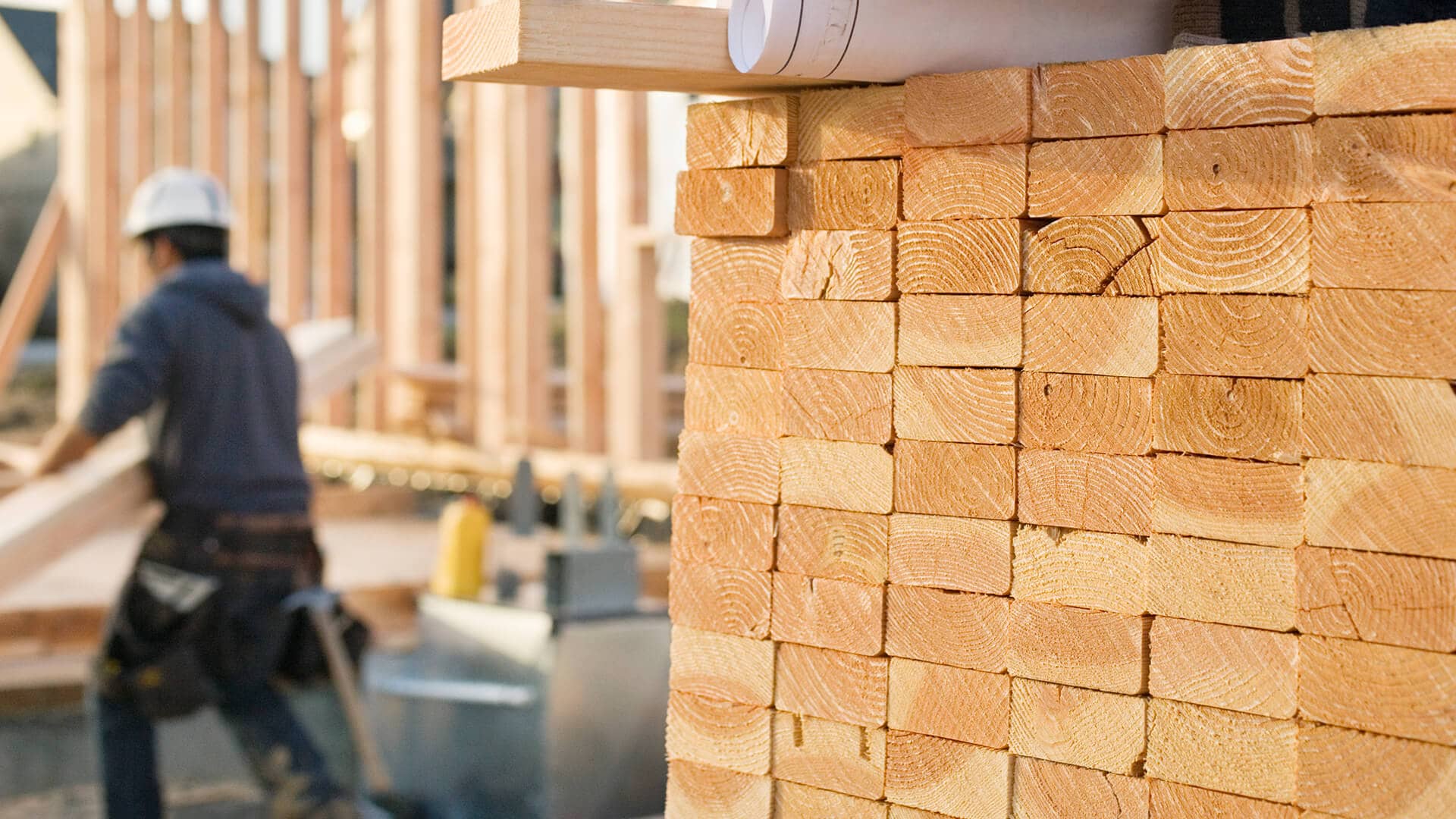
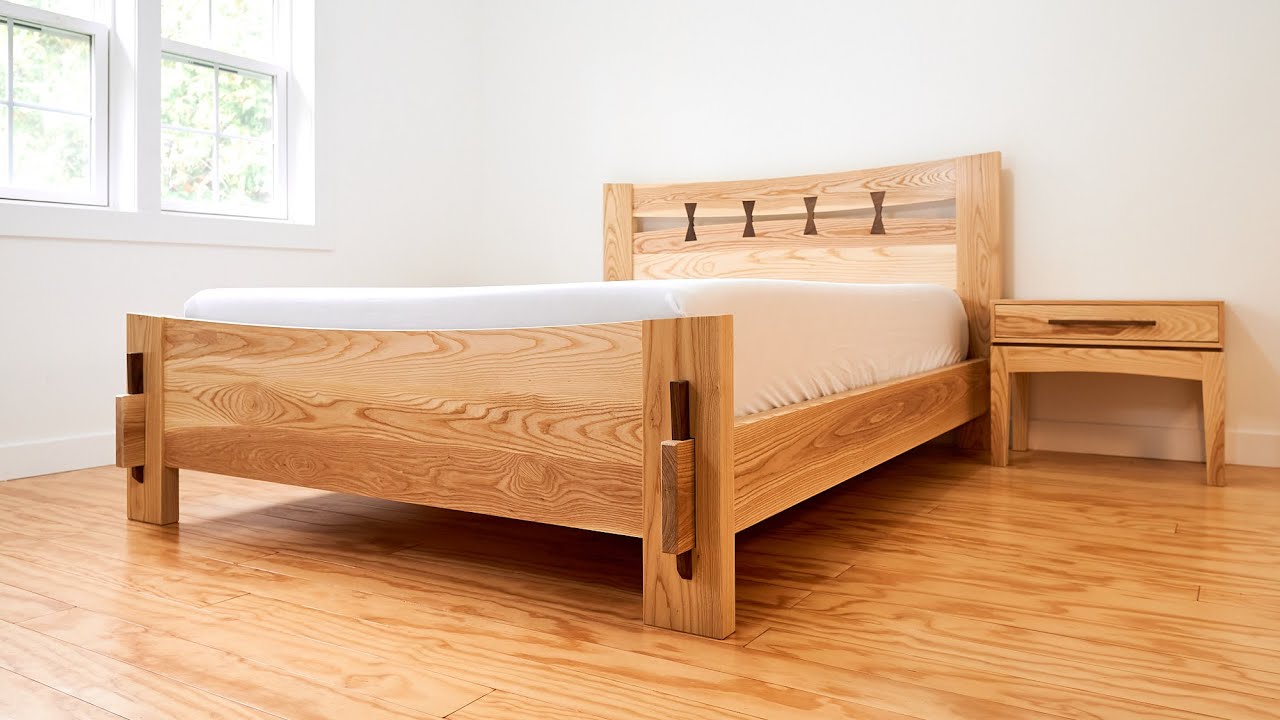
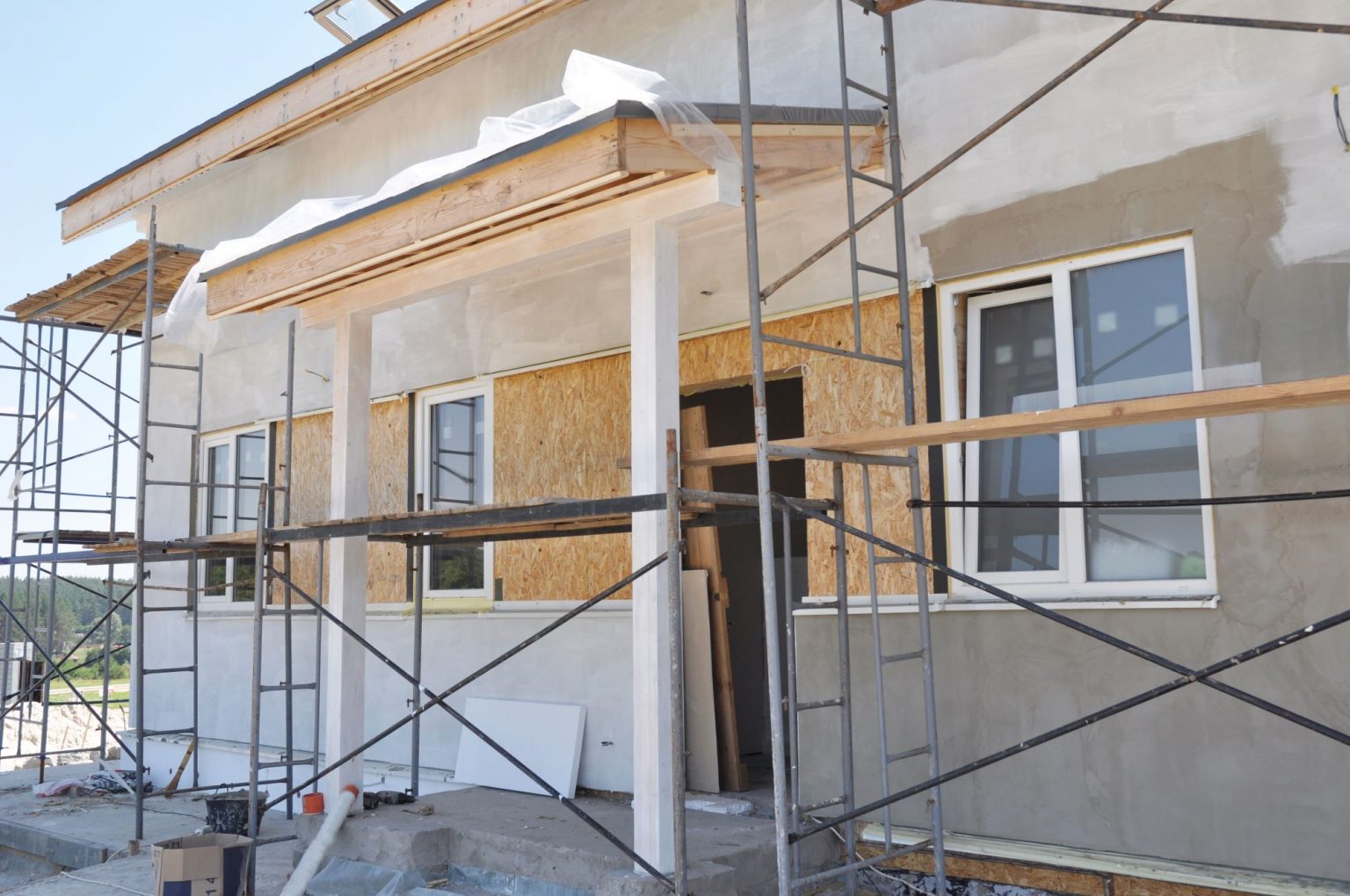

0 thoughts on “What Is Wood Frame Construction”